Roller Compactor Not Vibrating? DIY Fixes Back on Track
Roller compactors are made to perform various functions depending on their applications. For vibratory rollers, they are supposed to vibrate during compaction. The vibration is generated by eccentric weights fitted inside the steel drum. Lack of proper functioning of the vibration mechanism causes minimal or no vibration. As a result, the intended compaction efficiency might not be attained.
Prompt response to vibration issues on a roller compactor are essential. Besides preventing further damage to the roller, it ensures minimal project lag. Broken vibration systems could result in an uneven frequency over certain area. The uneven frequency results in inconsistent compaction; some areas having a higher density than others.
Contents
Possible Causes of the Issue
A. Mechanical malfunction
1. Faulty vibration motor
The vibration motor is responsible for triggering the eccentric weights in the steel drum. A faulty vibration motor means the weights are not trigger and therefore no vibrations are generated. In some cases, the vibrations generated could be too low to be transmitted to the drum and construction material.
2. Loose or damaged belts/chains
Loose or damaged belts/chains in a vibratory roller compactor can hinder proper power transmission between the engine and the vibration mechanism, resulting in reduced or no vibration. This disrupts compaction efficiency, affecting the roller’s ability to compact materials effectively.
3. Malfunctioning bearings
Malfunctioning bearings in a vibratory roller compactor can lead to reduced vibration. Bearings facilitate movement between components; if they fail, the roller’s vibration mechanism can’t function properly.
B. Electrical issues
1. Wiring problems
Faulty connections or damaged wiring disrupt the electrical signals that activate the vibration mechanism, preventing the compactor from functioning properly.
2. Faulty control panel
A faulty control panel can disrupt the operation of a vibratory roller compactor by failing to regulate vibration settings. This results in no vibrations during compaction, compromising the machine’s effectiveness in soil or asphalt compaction processes.
3. Sensor malfunctions
The absence of vibration in a vibratory roller compactor could stem from sensor malfunctioning. These sensors monitor and control the vibration mechanism. Faulty sensors may fail to initiate or regulate vibrations, impacting the compaction process.
C. Hydraulic system problems
1. Low hydraulic fluid levels
Insufficient hydraulic fluid in a vibratory roller compactor can lead to diminished vibration. Hydraulic fluid powers the vibration mechanism; low levels hinder proper function, reducing compaction efficiency and preventing the roller from generating vibrations essential for effective soil compaction.
2. Blocked or damaged hydraulic lines
Blocked or damaged hydraulic lines in a vibratory roller compactor can impede the transmission of hydraulic fluid that powers the vibration mechanism, resulting in no vibration output.
3. Defective hydraulic pump
A defective hydraulic pump in a vibratory roller compactor hinders vibration due to insufficient hydraulic fluid pressure. This disrupts the normal functioning of the compactor’s vibration mechanism, resulting in the absence of vibratory action during the compaction process.
Troubleshooting Steps
A. Visual Inspection
1. Check for loose or disconnected wires
Inspecting for loose or disconnected wires in vibratory roller compactors is a troubleshooting measure that involves examining the electrical connections within the vibration system. Loose or disconnected wires can disrupt the communication between components, affecting vibration functionality. Ensuring secure wiring enhances proper operation and resolves vibration issues.
2. Examine belts, chains, and bearings for wear or damage
This involves scrutinizing these components for signs of wear or damage. Worn belts, stretched chains, or damaged bearings can compromise the vibration mechanism, leading to suboptimal compaction performance and necessitating timely replacements for optimal functionality.
3. Inspect hydraulic lines for blockages or leaks
Inspecting hydraulic lines for blockages and leakages is a vital troubleshooting step for vibratory roller compactors. Blocked lines hinder proper fluid flow, affecting vibration. Leaks reduce hydraulic pressure, impacting performance.
B. Electrical Checks
1. Test control panel functionality
Testing control panel functionality involves verifying buttons, switches, and display responses. Press each control, ensuring they activate corresponding actions. Check for error codes or unresponsive elements. This ensures accurate command transmission, aiding in diagnosing and addressing vibration issues in roller compactors.
2. Use a multimeter to measure voltage at the vibration motor
To troubleshoot vibratory roller compactor issues, use a multimeter to measure voltage at the vibration motor. Connect the multimeter to the motor’s terminals while the compactor is operational. Abnormal voltage readings could indicate electrical problems, aiding in pinpointing issues within the vibration system for accurate diagnosis and repair.
3. Test sensors for proper functioning
Testing sensors in vibratory roller compactors involves verifying sensor connections, using diagnostic tools to monitor sensor outputs, and comparing readings to expected values. This ensures sensors accurately detect variables like vibration frequency and amplitude, aiding in identifying and addressing sensor-related issues that affect compaction performance.
C. Hydraulic System Evaluation
1. Check hydraulic fluid levels and top up if necessary
Low fluid levels can hinder vibration. To resolve, check fluid reservoir, ensure correct fluid type, and cautiously top up to recommended levels. This restores hydraulic pressure, enhancing vibration efficiency in the compactor.
2. Inspect hydraulic lines for damage and blockages
To troubleshoot vibration issues in roller compactors, inspect hydraulic lines for blockages and leakages. Blockages can hinder fluid flow, reducing vibration force, while leaks can lead to inadequate pressure. Addressing these issues ensures uninterrupted hydraulic power and optimal vibratory performance during compaction operations.
3. Test hydraulic pump performance
Testing hydraulic pump performance involves measuring fluid pressure output and flow rate. Attach pressure gauges to assess pressure levels during operation. Low pressure or inconsistent flow can indicate pump issues affecting vibration in roller compactors, aiding in accurate troubleshooting and necessary repairs.
Corrective Actions
A. Mechanical Repairs
1. Replace faulty vibration motor
Faulty vibration motors can be repaired. However, if the damage is extensive, the motor might have to be replaced for optimum performance. Replacement might be needed in cases where the motor is too old to provide the needed power as well.
2. Repair or replace damaged belts, chains, or bearings
Belts, chains, and bearings can be repaired if they the damage occurs before their prescribed service duration. These parts are prone to friction and might wear out after some time; they should be replaced in such cases. These parts can also be replaced in cases where the damage is irreparable.
B. Electrical Repairs
1. Repair or replace faulty wiring
The control panel and other electrical parts of the vibration mechanism depend on the wiring. Replacing broken or burnt-out wires restores optimal functioning of the vibratory roller.
2. Replace defective control panel components
Replacing control panel parts addresses vibration issues in rollers by resolving electrical malfunctions. New components ensure accurate activation of the vibration system, restoring proper functionality for effective compaction.
3. Install new sensors if needed
Installing new sensors in rollers can address vibration issues. These sensors monitor vibration levels, aiding in detecting irregularities, optimizing settings, and ensuring effective compaction performance through real-time data analysis.
C. Hydraulic System Fixes
1. Top up hydraulic fluid to proper levels
Vibrations in a roller depend on the level of the hydraulic fluid. Topping up the hydraulic fluid levels ensure timely and sufficient transmission of vibrations.
2. Repair or replace damaged hydraulic lines
Damaged hydraulic lines cause leakages and fluid flow distortion. Correcting these defects ensures smooth fluid flow and transmission of vibrations. Repairing leakages prevents high costs of replacing the leaked fluids.
3. Replace defective hydraulic pump
Replacing the hydraulic pump ensures sufficient pressure supply through the vibration system. An old pump or one that is damaged beyond repair should be replaced for optimal functioning of the roller.
Preventive Measures
A. Regular maintenance schedule
Regular scheduled checks, lubrication, component inspections, and timely part replacements. By addressing wear, tear, and potential malfunctions, it upholds optimal performance, prolongs machinery life, and averts vibration-related complications, ensuring efficient and safe compaction operations.
B. Routine inspections of components
By routinely assessing bearings, motors, hydraulics, and electronics, potential problems can be identified early. Addressing wear, damage, or abnormalities prevents vibration-related complications, ensuring the roller’s consistent and efficient performance.
C. Lubrication of moving parts
Proper lubrication minimizes friction, enhancing component performance and reducing wear. This ensures smooth operation, optimal vibration transmission, and extends the lifespan of the equipment in rollers, promoting efficient compaction processes.
D. Staff training on proper usage and maintenance
Conducting staff training on proper usage and maintenance is a preventive measure to mitigate vibration problems in rollers. It ensures operators understand correct operational techniques, regular maintenance practices, and early issue identification, promoting optimal performance, reducing wear, and extending the roller’s lifespan.
Conclusions
Promptly addressing vibration issues in vibratory roller compactors is crucial to ensure efficient compaction processes and prevent further damage. The discussed troubleshooting measures, including checking hydraulic systems, inspecting components, and employing new sensors, offer effective solutions. However, prevention is equally vital.
Regular maintenance and operator training play key roles in averting such issues. By adhering to manufacturer guidelines, conducting routine upkeep, and providing proper training, roller compactor operators can maximize performance, extend machinery lifespan, and uphold safe and productive construction practices. Proactive care safeguards both equipment reliability and project success.
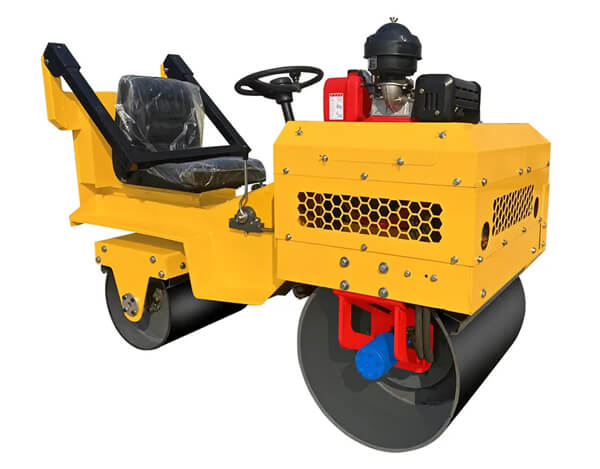
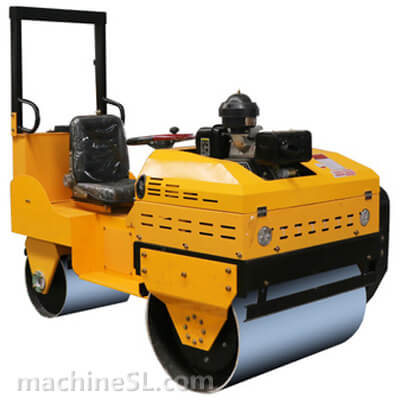
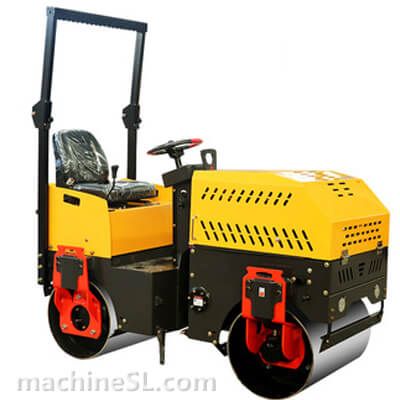
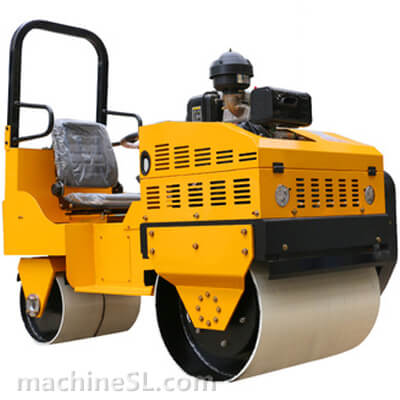
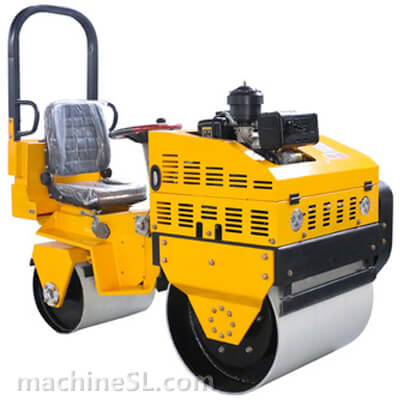
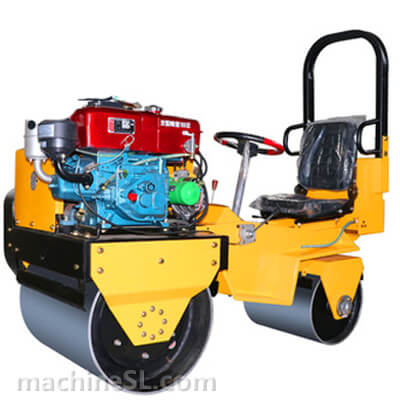
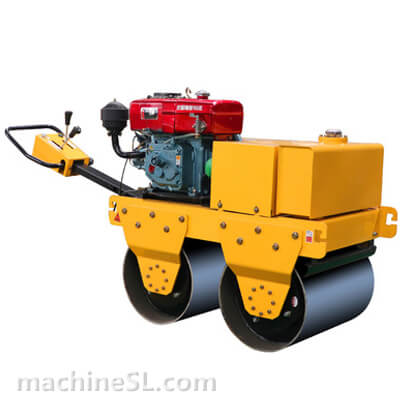
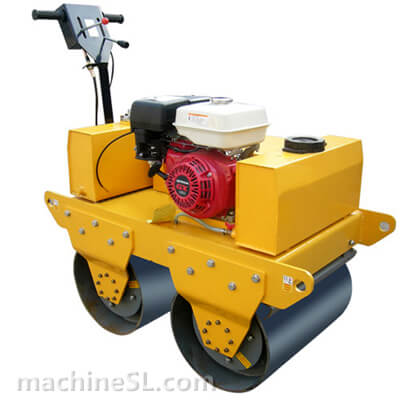
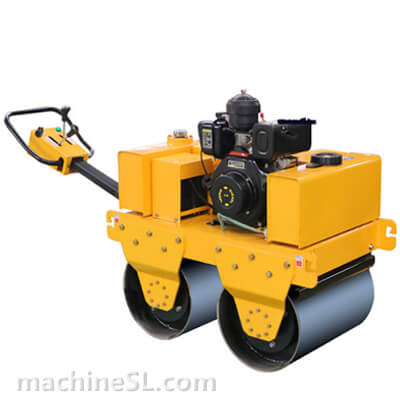
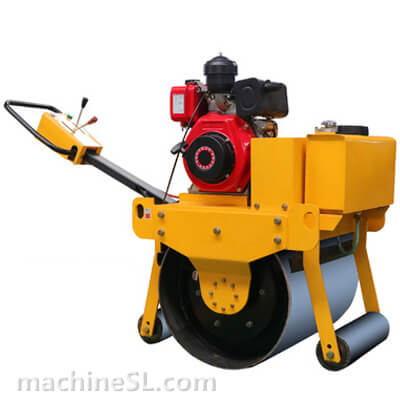
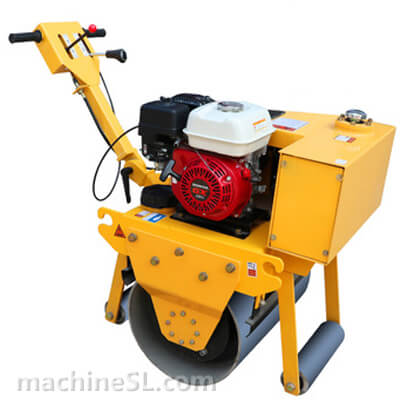
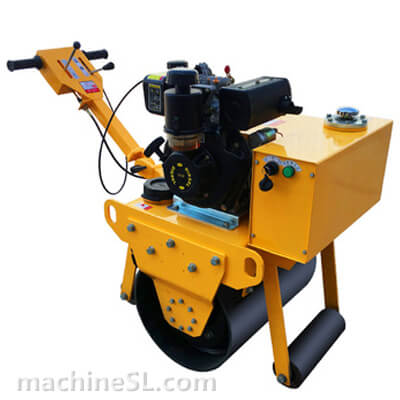
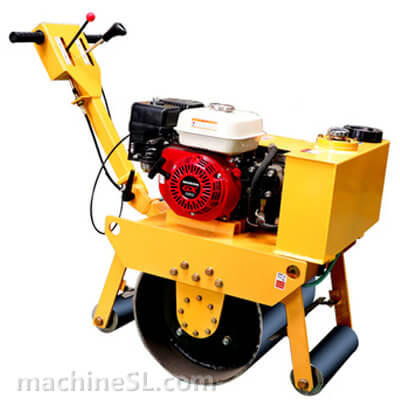
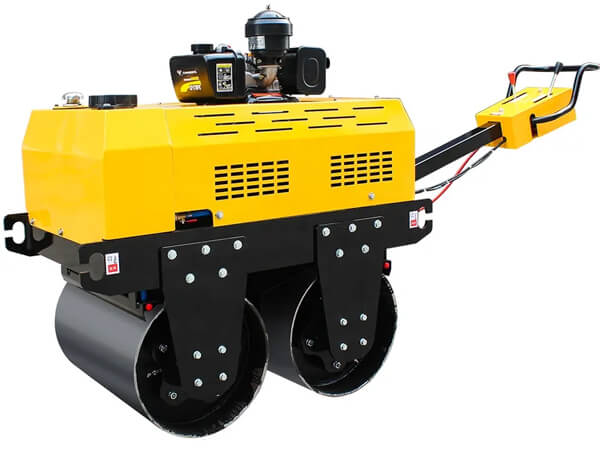
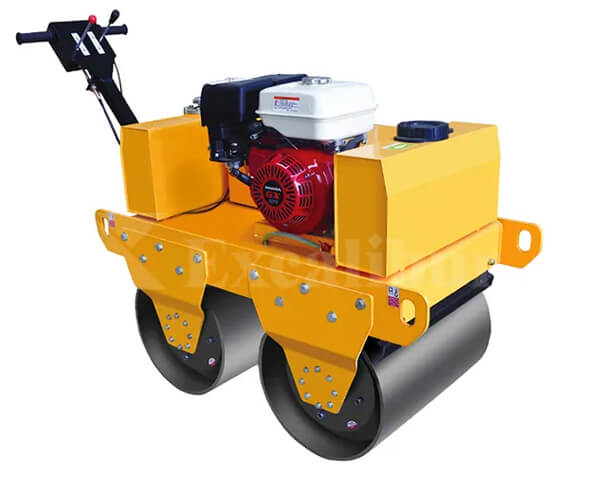
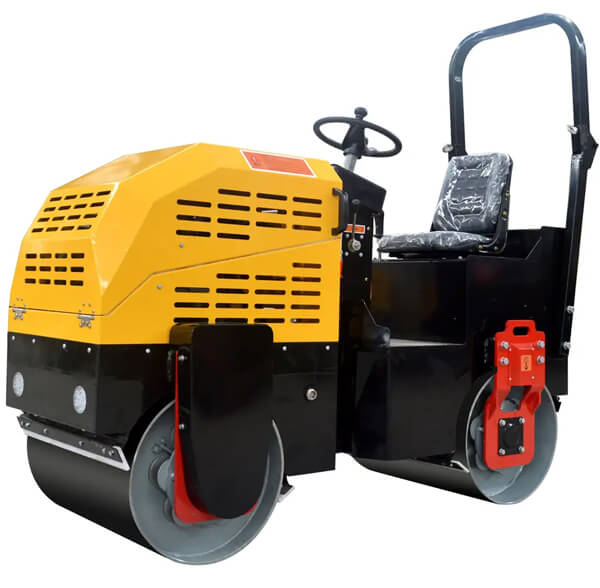
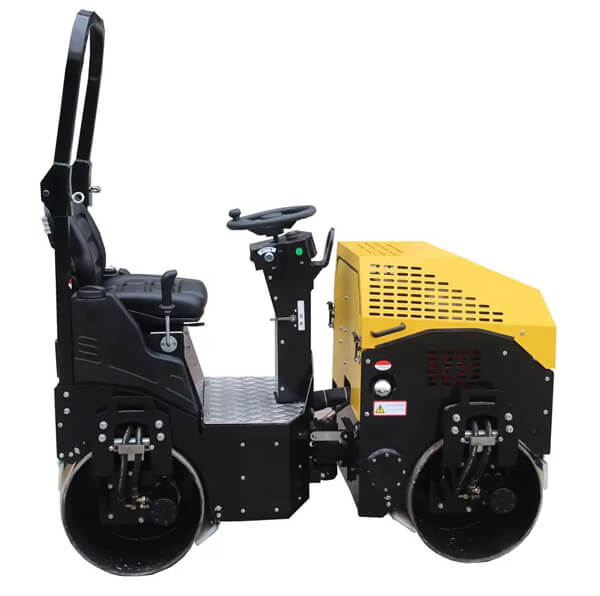
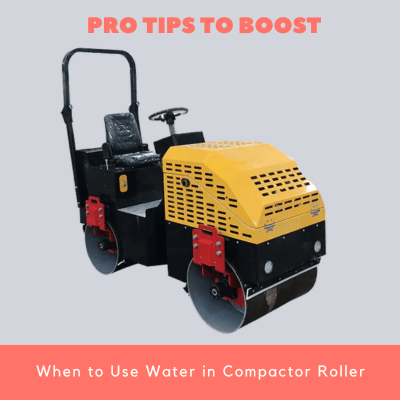
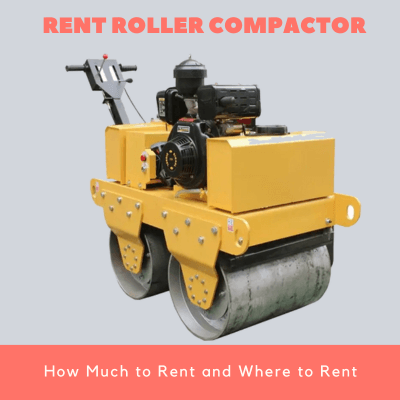
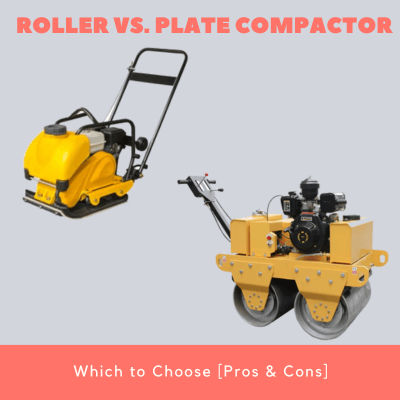
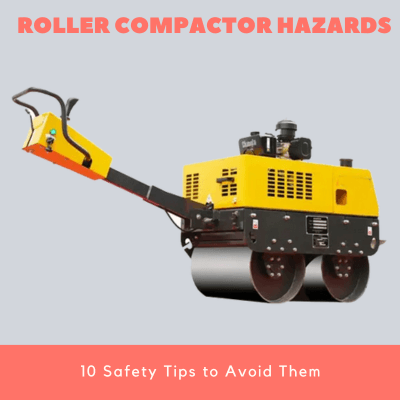
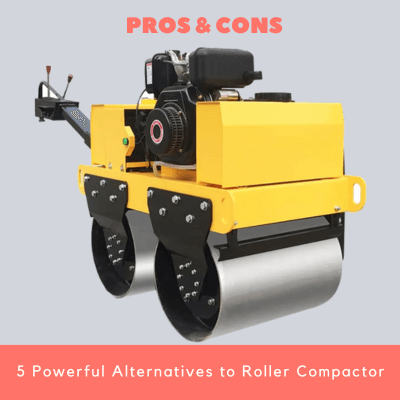
Leave A Comment